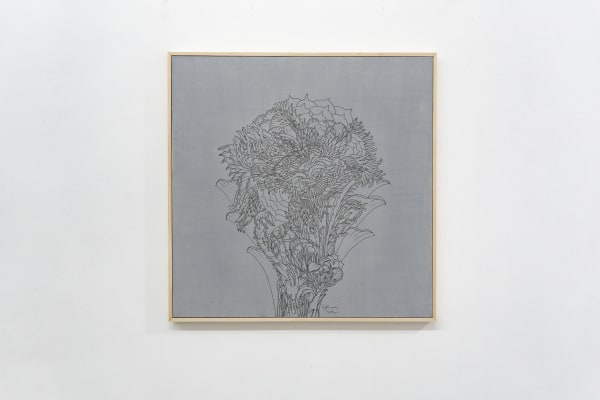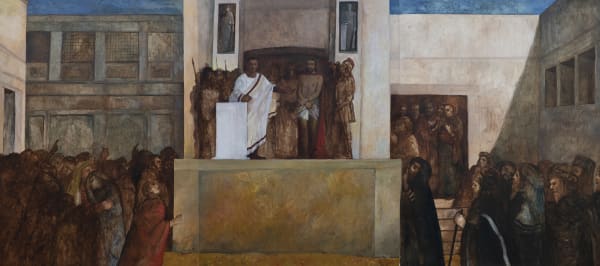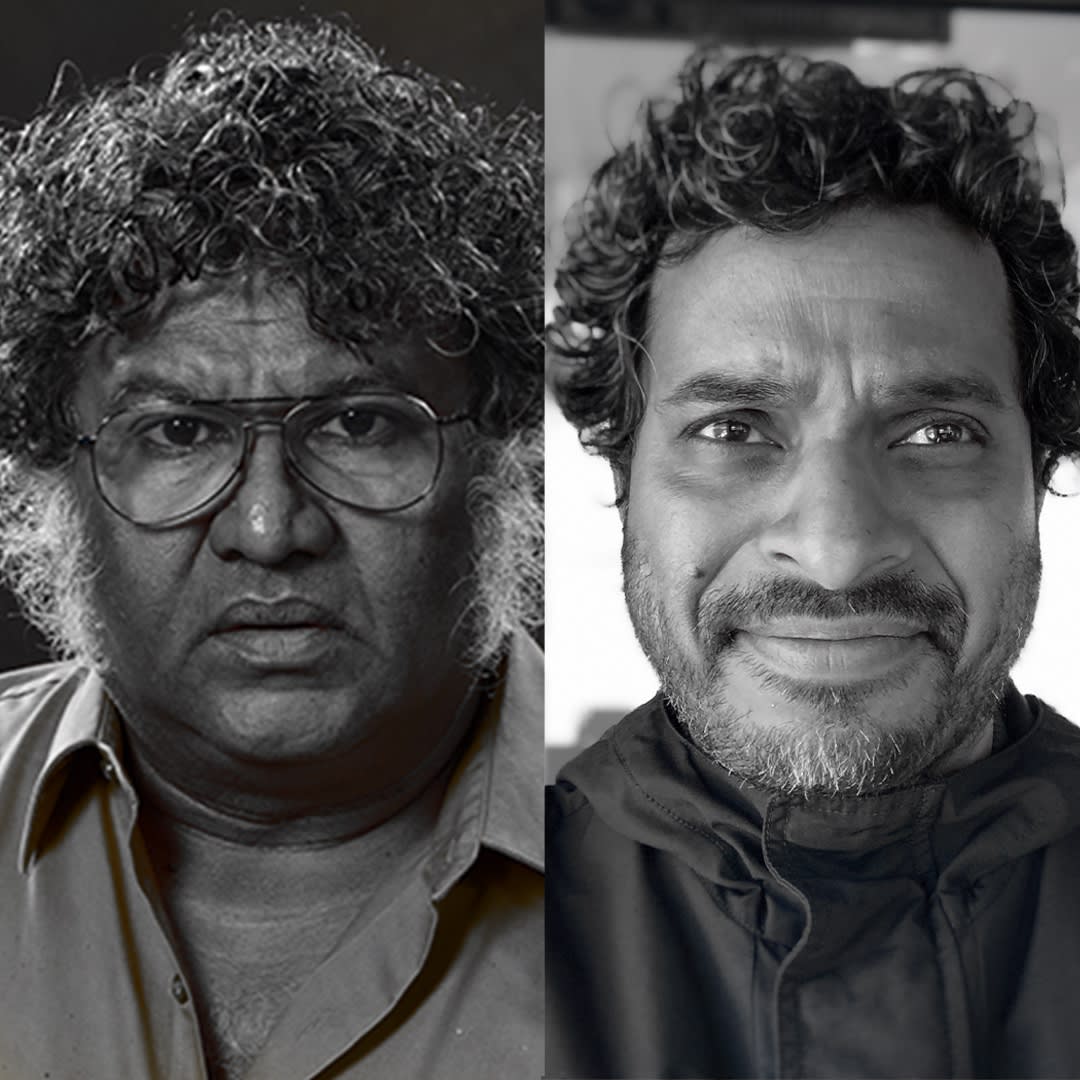ECCE HOMO : CHANDRAGUPTHA THENUWARA
The moment we live in is dire. It is a moment that has propelled citizens to fearlessly come forward to fight for sustainable and transformative solutions to systemic socio-political ills that have been lingering for decades without answers. It is a moment to cry out to rulers, not to protect the interests of political parties, but to free citizens from political chaos and allow them to live everyday personal life without hunger, without poverty, safely, securely and with dignity.
A word that is often repeated is ‘democracy’ (by politicians?). What happened to Sri Lankans with that loud and solemnly pronounced word? We have to think carefully about it. Taking power by promising to fill the bellies of people has continued. Politicians secure power by promising to save the country, nation and religion. All this is done in the name of democracy. Sri Lanka, a country that obtained the power to elect representatives by universal suffrage in 1931, does not hesitate to boast about it. But what happens again and again? Political parties and groups use all their power and manipulation to get the majority of voters. Money is scattered; they use thuggery; emotions are triggered. The politicians and political interests that infiltrate the media add to the job of brainwashing.
To rethink this, the main work of this exhibition is the work 'Ecce Homo'. The work depicts a religious plot. I consider it a visual opportunity to question what is happening around us. The painting was based on an etching of Pontius Pilate by Rembrandt presenting Jesus to the crowd. According to the Bible (John 19.5), ‘…then Jesus came forth, wearing the crown of thorns, and the purple robe. And Pilate says unto them, Ecce Homo (Behold the man)!’ At that time, the people shouted release Barabbas, the thief. The Jewish religious leaders influential amongst the people at that time encouraged the people to raise their voices. Even though Pilate saw no fault in Jesus, those religious leaders and the 'majority' demanded that Jesus be crucified. Agreeing to the 'majority' request, Pilate washed his hands and ordered Jesus to be crucified.
Something similar is still happening in Sri Lanka. Sri Lanka's politics changed because of the Easter Sunday bombings. When yet another ethnic group, the Muslims, were made the enemy by propagating myth via the media such as illusions about pills that made Sinhala women sterile or surgeries that made them infertile. The electorate was urged to vote to save the 'Sinhala nation', a 'majority' was deceived and voted. Likewise, many were deceived when they were told to save the 'Sinhala Buddhists' by claiming that Buddhist shrines were being attacked and destroyed.
How do we behave as a society? Even if the finger is pointed at the politician, the civil servant escapes and may safely hide. Fraudulent businessmen are allowed to cheat people and cases before courts are dragged on and people don’t criticize them for fear of the the curse of contempt of court. Those who are tied to power know how to escape from courts and lawsuits and find ways to escape from the law.
Every person in modern society lives in a media space. Is that media space truly free and independent? How should the media, that is supposed to provide entertainment, knowledge, and reliable information to the community, behave? Aren't they also digesting crap and forcing themselves into the human democratic space? How do we say that this kind of 'majority' will transform the distorted social space into a better environment? The main question is, what is democracy and is it a will of the majority?
In addition to the central oil painting, 'Ecce Homo', I have created seven works using acrylic. Among them a diptych and a triptych. In these four works, the line is prominent. The diptych is a drawing erased with a yellowish hue. It is an alternative version of my recent ‘Covert' work for the 59th Venice Biennale collateral exhibition. 'Covert' represents a stand against violence, corruption, militarization, and all kind of extremisms; including Sinhala Buddhist Nationalism and Islamophobia.
There are many signs and symbols in my drawings. Lotus buds, the lion tail, the head of the lion, the sword, snakes, daggers, knives, pistols, guns, barbed wire, thorns, petals, leaves, the Gloriosa lily, naked bodies, knots, armed soldiers, saluting soldier, and (the latest additions) the stupa and tank; they are all interwoven into the drawing.
Violence and corruption are hidden within the symbols of weapons. Erotic symbols of women are used to speak of the misuse of women in the pleasure industry, often abused by political power intertwined with corruption. The other subject is the militarization of the country; even in post-war Sri Lanka, political and media elites have continued to use the 'Victorious Victor' mentality, imposing the military as an instrument to gain and maintain power. The 'Victors' have become victims of the political system.
My reminiscence of the last stages of the war in May 2009 is depicted with barbed wire. This barbed wire represents two sides of the corridors through which people were forced to move into Manik Farm, while later, they became a symbol of 'us' and 'them'. The barbed wire and divisions have been there for so long that it has become confused with thorns in nature - natural or naturalized barriers. This work symbolizes my critique of the war and the continued marginalization of non-Sinhala Buddhist communities, representing a range of unresolved grievances.
Symbols of the lion, especially the lion tail and lion head, I incorporate in drawings to critique pseudo-patriotism and nationalism which was used to arouse and maintain the war mentality. The symbol of the lion on the flag was misinterpreted as a symbol of the Sinhala race. But historically, it was a symbol of power and state. Unfortunately, it was misinterpreted as it was not intended to represent the Sinhala race. The recent Peoples' protest 'Aragalaya' also used the National flag. Here they might want to show the unity of the nation but, again, it can be misused to camouflage the various violent actions of the State.
This symbol also calls on us to be vigilant and conscious of what is happening around us. The message I want to convey is that of people who are hypnotized into condoning the abuse of power and become instrumental in blindly electing abusers to power. The use of various symbolism in ‘Covert’ and ‘Post-Covert’ exhibitions of seemingly aesthetically pleasing drawing in actuality represent hidden, ugly social realities.
I used part of the ‘Covert’ drawing to produce the diptych. First, I wanted to emphasize erasing as an activity. Then, I added a few lines on the erased surface emphasizing those elements that can emerge again despite their erasure.
The other three line drawings can also be considered a continuation of 'Covert'. New hidden elements are added to these works: bones and combined civilian and military images. Bones to remind us of forgotten mass graves and combined civil and military images represent the existing mindset of militarization without military attire.
The small triptych is a three-part visual reflection on arson attacked, both recent and in the past. On the 31 May 1981 at Midnight and early morning the next day, 1 June 1981, one of the most significant losses to Sri Lanka occured when the organized torching of the Jaffna Library too place. This loss can never be repaired. It was a barbaric act by the regime in power. There were two recent arson attacks, the first one took place on 9 May 2022, at Gotagogama in broad daylight by thugs attached to the Rajapaksa regime, and later, it continued with the burning of politicians properties by unknown elements. At Gotagogama, the Ad-hoc library and activists' artworks were burnt down. Fascists and uncivilized, uncultured non-humans practiced burning books and artworks. The continuation of these arson attacks took plave on 9 July 2022 with the burning of the private residence of the thenPrime Minister. It was not just a property. There were important books and artworks collected over a lifetime in this home. I immediately completed this triptych following this final attack.
The other is a visual expression of what I consider to be the most prominent colour of the post-war era, chrome yellow poles. I created Neo-Barrelism (2007) when these yellow barriers started to appear in front of places of importance. Now, it seems, these yellow barriers will never disappear. They are permanent installations where the protest marches take place and where they are stopped.
The final painting in the exhibition is painted in three camouflage colours: yellow, green and black. Again, it appears and disappears in Glitch form. But the thrusting presence of reds is notable. In Barrelism, bright yellow was used to show an oppressive presence instead of camouflage. Now the red colour jumps out. It is the colour of repression.
ChandragupthaThenuwara, July 2022











